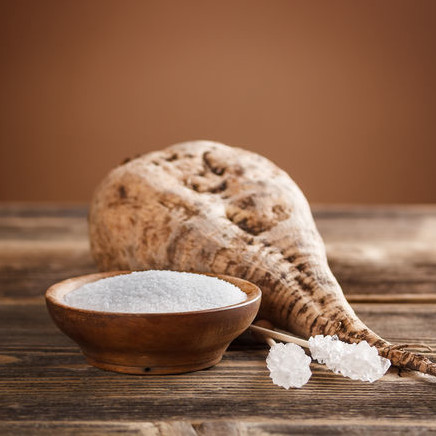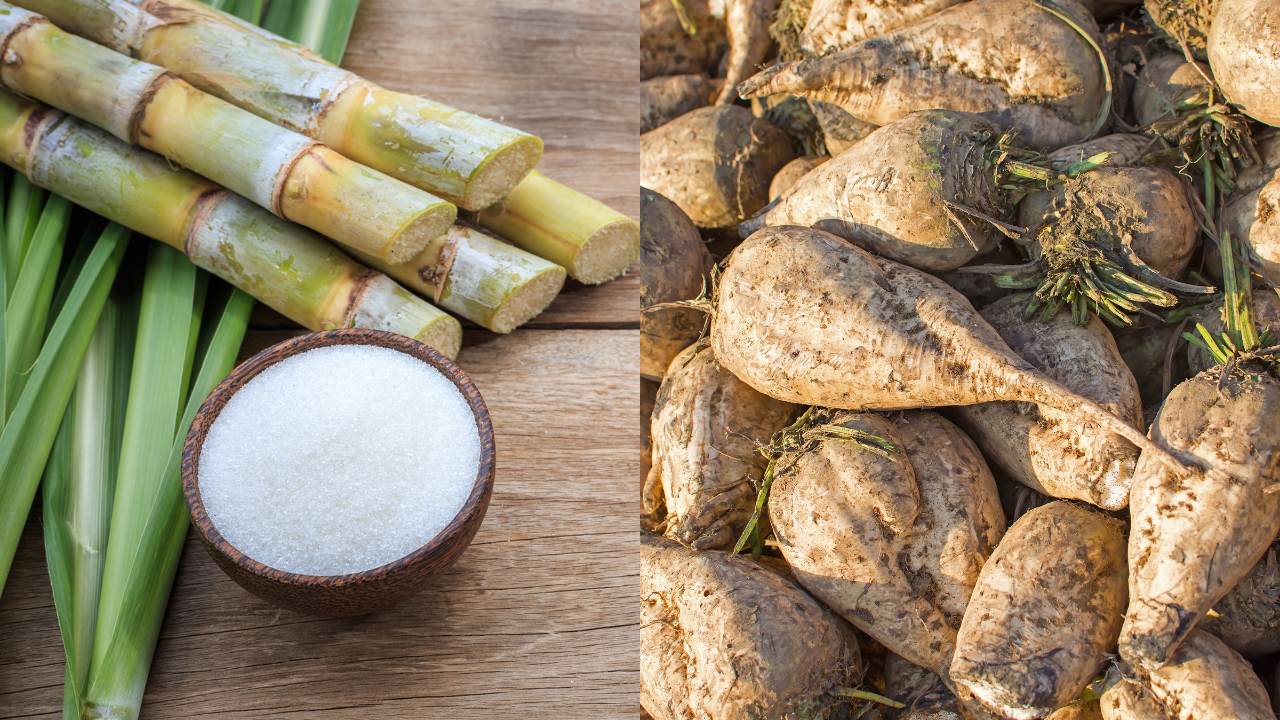When looking at beet sugar vs cane sugar, some argue that one melts better than the other.
Understanding the Nutritional Conveniences of Beet Sugar Vs Cane Sugar for Health Conscious Consumers
When analyzing the dietary ramifications of beet sugar versus cane sugar, health-conscious consumers locate that both selections largely include sucrose and deal comparable caloric values, each adding around 16 calories per tsp. In spite of this similarity, neither type confers substantial wellness benefits, as they are without important nutrients. Checking out the broader impacts, consisting of ecological considerations and long-term wellness impacts of sugar usage, might brighten a lot more nuanced differences between these two sugars.
Nutritional Account and Caloric Value of Beet Sugar and Walking Cane Sugar
Although both beetroot sugar and cane sugar are largely composed of sucrose, their dietary accounts and caloric values are incredibly comparable. Each provides about 16 calories per tsp and consists practically totally of carbohydrates, with very little quantities of protein or fat. These sugars likewise do not have substantial amounts of vitamins or minerals. The improvement procedure remove the majority of the integral nutrients, making both types virtually the same in terms of nutrition. There are trace distinctions in the pollutants that remain after processing, which can a little impact the flavor and color of the sugars, yet these are minimal in terms of health effect. For customers concentrating on nutritional impact, the choice between beet and walking stick sugar is a lot more concerning individual choice or potential environmental concerns as opposed to nutritional differences. Both ought to be consumed in moderation within a balanced diet plan because of their high caloric material and lack of crucial nutrients (beet sugar vs cane sugar).
Ecological Effect and Sustainability of Sugar Production
While the nutritional differences in between beetroot sugar and walking stick sugar anchor are very little, their production procedures present even more significant disparities, especially in terms of ecological effect and sustainability. Cane sugar manufacturing commonly includes comprehensive land usage and logging, which contributes to habitat damage and biodiversity loss. This farming is likewise related to high water usage and water contamination due to the drainage of chemicals and fertilizers. In comparison, beet sugar manufacturing commonly needs much less land and can be cultivated in even more temperate climates, which might decrease the demand for irrigation and the affiliated water resource deficiency.
However, beet growing is not without its ecological obstacles; it involves significant power inputs, particularly in the north climates where it is grown, because of the requirement for longer home heating durations in sugar handling. Both sugar beetroot and sugar walking cane sectors are exploring more sustainable practices, including crop rotation, chemical-free farming, and boosted waste management techniques to mitigate these impacts.
Health Effects and Recommendations for Sugar Consumption
Despite their minimal dietary distinctions, both beetroot sugar More Help and walking stick sugar can have harmful health and wellness effects when consumed in excess. High consumption of either kind of sugar contributes to a variety of health issues, consisting of excessive weight, kind 2 diabetic issues, and heart problem. Both sugars are pure sucrose and offer no important nutrients besides calories, bring about fast spikes in blood glucose levels upon intake.


Conclusion
